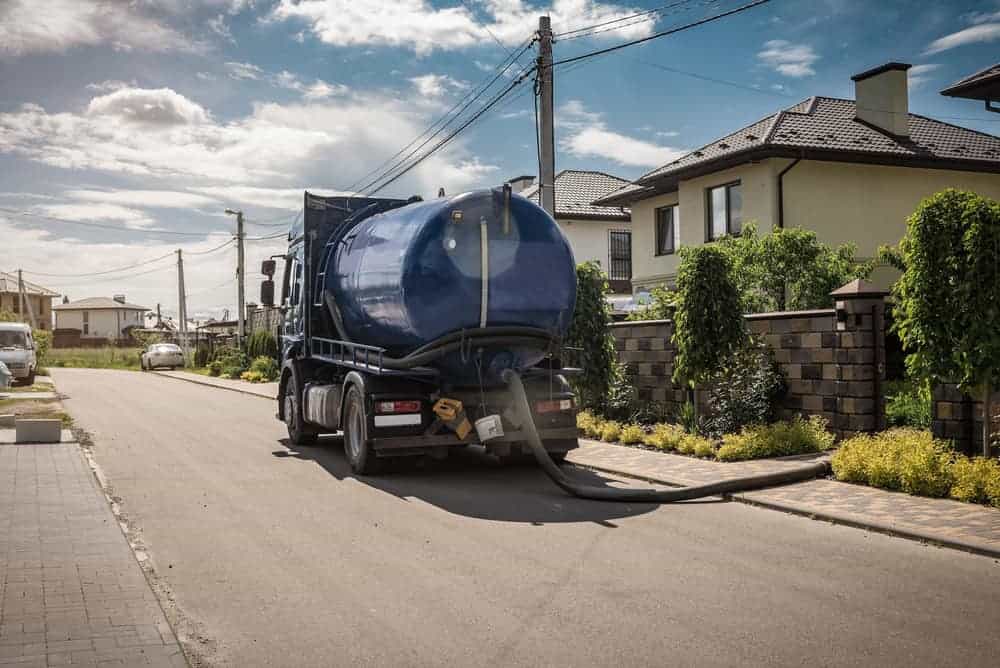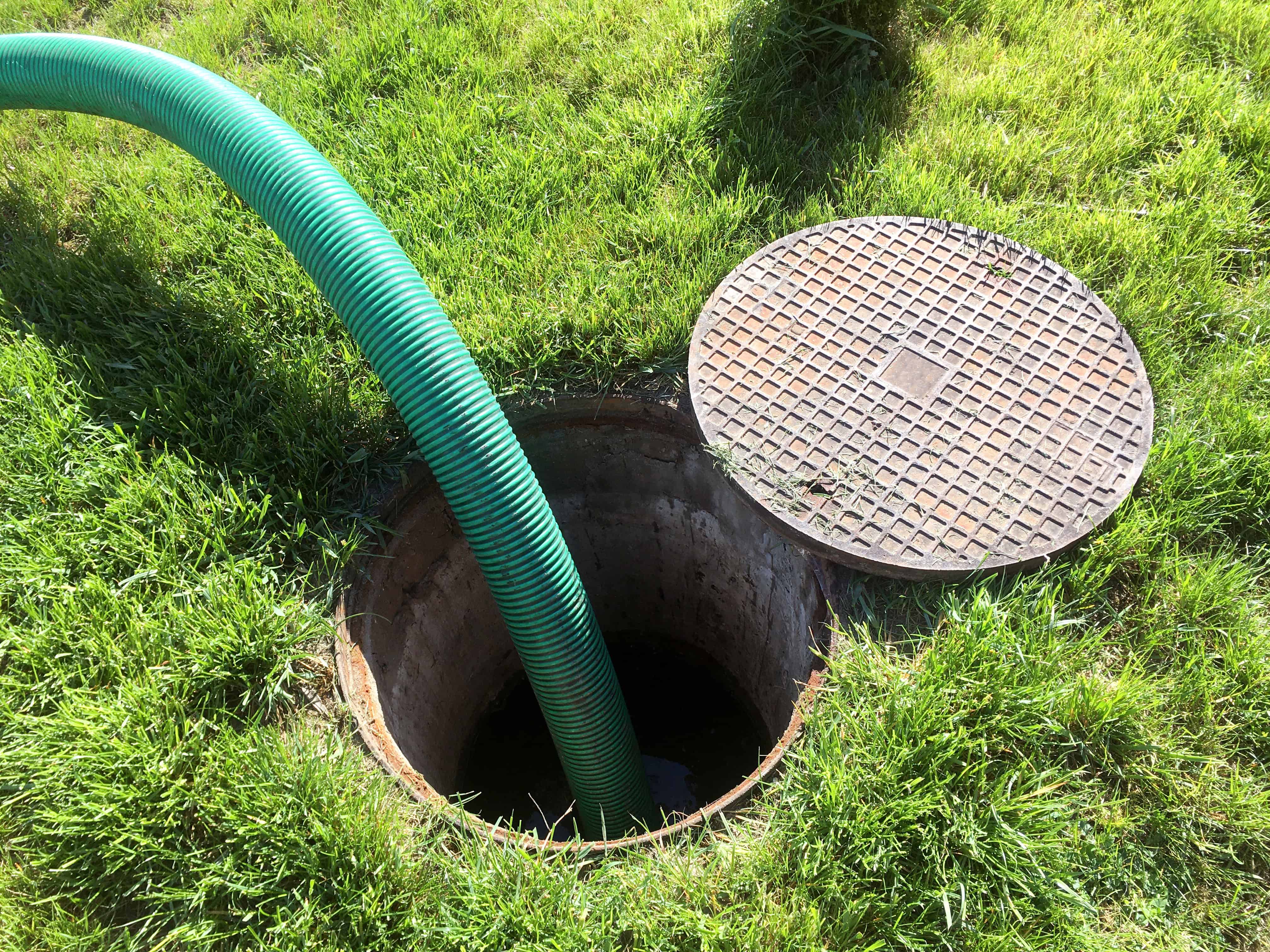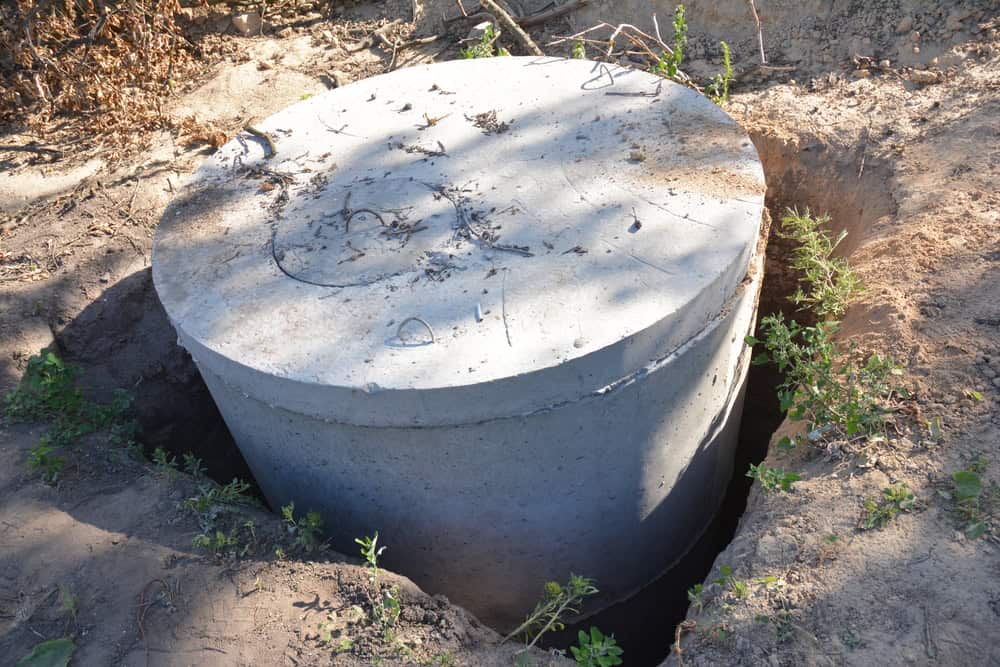Summary:
Septic Tank Pumping Frequency for Huntington Homes
Most residential septic tanks in Huntington need pumping every 3-5 years. But that’s just a starting point. Your actual timeline depends on three main factors that determine how quickly your tank fills up.
Household size makes the biggest difference. A family of four typically needs pumping every 3-4 years, while a couple might stretch it to 4-5 years. More people means more water usage and faster sludge accumulation.
Tank size also matters. Larger tanks hold more waste before reaching capacity, while smaller tanks fill up faster and need more frequent attention.
How Household Size Affects Your Pumping Schedule
The number of people in your home directly impacts how often you’ll need septic service. Each person contributes to the solid waste that settles in your tank, and more occupants mean faster accumulation.
Here’s what you can expect based on household size. Single-person households with 1,000-gallon tanks can often go 5-6 years between pumpings. Two people typically need service every 4-5 years. Families of three usually require pumping every 3-4 years.
Four or more people generally need service every 2-3 years, especially if you have teenagers who take long showers or do frequent laundry. Large families of six or more might need annual pumping to prevent system overload.
Water usage patterns matter too. If your household runs multiple loads of laundry daily, takes long showers, or frequently uses the dishwasher, you’ll fill your tank faster than average. Garbage disposals also increase solid waste, requiring more frequent pumping.
The key is understanding your specific situation rather than relying on generic timelines. Our professional technicians can measure your tank’s sludge levels and give you a realistic schedule based on your actual usage patterns.
Tank Size and Capacity Considerations
Your septic tank’s capacity plays a crucial role in determining pumping frequency. Most Huntington homes have tanks ranging from 1,000 to 1,500 gallons, though some older properties might have smaller 750-gallon tanks.
Tank size is typically based on your home’s bedroom count. Three-bedroom homes usually have 1,000-gallon tanks, while four to five-bedroom houses typically get 1,500-gallon systems. If you’re unsure about your tank size, we can determine this during your next service.
Smaller tanks require more frequent pumping because they reach capacity faster. A 500-gallon tank serving a family of four might need pumping every 1-2 years, while a 1,500-gallon tank for the same family could go 4-5 years.
Age also affects capacity. Older tanks may have reduced effective volume due to accumulated sludge that’s hardened over time. Some concrete tanks from decades past might have structural issues that limit their usable space.
Don’t assume your tank size matches your current household needs. Many Long Island homes have been expanded or renovated without upgrading the septic system. If your tank seems too small for your family size, or if you’re pumping more frequently than expected, it might be time to consider an upgrade.
Modern tanks are also more efficient at separating solids from liquids, which can extend pumping intervals compared to older systems that don’t process waste as effectively.
Warning Signs Your Tank Needs Immediate Pumping
Don’t wait for your scheduled pumping if you notice warning signs. Your septic system will tell you when it’s reaching capacity, and recognizing these signals can prevent costly emergencies.
Slow drains throughout your house are often the first indicator, especially when multiple fixtures are affected simultaneously. This isn’t the same as a single clogged drain – it’s a system-wide slowdown that suggests your tank is full.
Sewage odors around your property, gurgling sounds from toilets or drains, and standing water near your septic field all signal immediate attention is needed.
Early Warning Signs to Watch For
Your septic system provides several early warning signs before reaching crisis mode. Learning to recognize these indicators can save you from expensive emergency repairs and unpleasant cleanup situations.
Slow drainage is typically the first sign homeowners notice. When your toilets, sinks, and showers all start draining sluggishly, it usually means your tank is approaching capacity. This differs from a single blocked drain – it’s a house-wide issue that develops gradually.
Gurgling sounds from your plumbing fixtures indicate air displacement as wastewater struggles to move through a full system. You might hear these sounds when running water, flushing toilets, or using appliances like washing machines.
Sewage odors around your property, particularly near the tank or drain field area, suggest your system is backing up. These smells can drift across your yard and become embarrassing when entertaining guests outdoors.
Unusually green or lush grass over your septic field might seem like a good thing, but it often indicates effluent is reaching the surface. This happens when your tank is too full to properly process wastewater.
Standing water or wet spots in your drain field area, especially during dry weather, signal system failure. This wastewater poses health risks and can contaminate groundwater if not addressed quickly.
When to Call for Emergency Service
Some situations require immediate professional attention, regardless of when you last had your tank pumped. Recognizing these emergency scenarios can prevent extensive damage to your home and property.
Sewage backing up into your house through drains, toilets, or basement fixtures is a clear emergency. This creates health hazards and can cause thousands of dollars in cleanup and repair costs. Stop using water immediately and call for emergency service.
Complete drainage failure, where water won’t drain from any fixtures in your home, indicates your system has reached maximum capacity. Continuing to use water will only worsen the backup situation.
Strong sewage odors inside your home suggest dangerous gases are entering your living space. These gases can be toxic, and the situation requires immediate professional assessment.
Wet areas appearing suddenly around your septic tank or drain field, especially with visible sewage, indicate system failure. This contamination poses serious health risks and environmental concerns.
If you notice any combination of these warning signs, don’t wait for regular business hours. Emergency septic service prevents minor issues from becoming major disasters that affect your family’s health and safety.
The cost of emergency service is always higher than routine maintenance, but it’s far less expensive than dealing with sewage damage throughout your home or environmental cleanup requirements.
Protecting Your Huntington Home's Septic Investment
Regular septic tank pumping isn’t just about avoiding backups – it’s about protecting one of your home’s most critical systems. Staying on schedule prevents the nightmare scenarios you’ve heard about from neighbors: sewage in the house, foul odors during backyard gatherings, and emergency weekend calls that cost twice as much.
Understanding your specific pumping needs based on household size, usage patterns, and tank capacity helps you stay ahead of problems. Most Huntington homes need service every 3-5 years, but your timeline might be different.
When you’re ready for professional septic service that understands Long Island’s unique conditions, we at Quality Cesspool provide the expertise and reliability you need to keep your system running smoothly.




